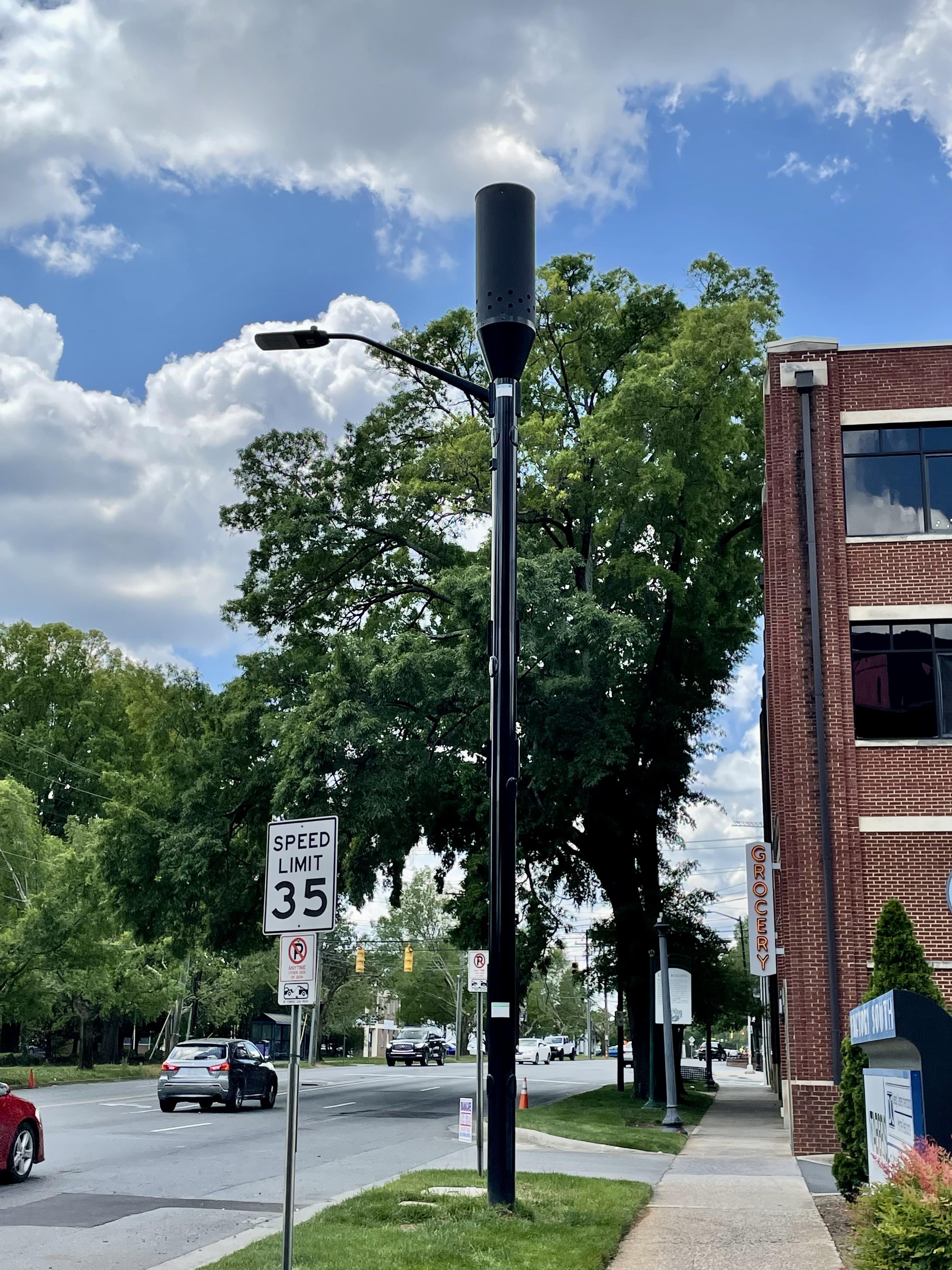The Impact of 5G to Commercial Structures
Recent advancements in technology and upgrades to the telecommunications infrastructure have made the promising 5G network a reality. These advancements have had a significant impact to the already impressive capabilities afforded by modern smartphones and at the same time they have also had an impact on modern and not-so-modern buildings. The 5G network operates like a “web” which relies on a large quantity of antennas grouped closely together, as opposed to the less dense configuration of cell towers used to support older networks, which can be spaced miles apart. Naturally the demand for network coverage increases as the population of an area increases and to meet that demand carriers must utilize existing structures to mount these antennas. As such you can see that thousands of streetlights across the country now have 5G antennas mounted to their tops, but what you can’t see is these antennas are also frequently being mounted on rooftops of commercial structures.

Codes and regulations require these 5G antennas to be securely mounted and able to withstand gust windspeeds up to 115 mph. So how is this accomplished when you are working with a flat rooftop surface of an existing building? Common practice in the industry is to bolt the antennas to the building, at either the parapet or the exterior wall of the building, or to install what is known as a “ballast” mount. Both methods, while effective, provide differing impacts to the existing structures as well as unique sets of challenges to consider during construction.
The procedure involved with installing these 5G antennas to a parapet or exterior wall of the building is rather straight forward. The mounting equipment is bolted to the building and serves to raise the antenna above the roof. However, since this process is being performed after the construction of the building, precautions must be taken to assure the integrity of the building is not affected. For example, if the parapet or exterior wall of the building are composed of masonry or concrete, it would be essential to locate the vertical reinforcement in prior to drilling for the antenna mount. Should the vertical reinforcement be damaged by the drilling process, the structural integrity of that masonry of concrete component may be compromised. In addition to the possible disruption of structural reinforcement, bolted connections to the parapet would also penetrate the water-resistant membrane of the roof. Once in place, these bolts are either secured from the back, meaning the bolt has exited the other side of the wall or parapet, or the bolts are held in place using epoxy. Due to the invasive nature of this method, repair to the water-resistant membrane is often required for parapet mounted equipment. Should any of these steps be inadequately performed then the building may now have an access point for water intrusion at the roof which may potentially spread to areas below.

The other very common method used to install 5G antennas on a rooftop involves utilizing a ballast mount. A ballast mount is a non-invasive method which involves putting the antennas on a steel assembly which is weighed down with concrete masonry unit (CMU) blocks, and therefore bolted connections to the building are not required. This method is favored by most building owners because, as mentioned above, penetrating the water-resistant membrane puts the integrity of the building at risk. However, several issues of consideration arise when it comes to the placement of these ballast mounts. Given their mobility, building owners generally prefer the antennas be located away from the side of the building so they cannot be seen from the street, as visibility from the street may make the building an eyesore and potentially violate local ordinances. The further away from the edge, the higher the antennas need to be raised and the more weight required to keep them in place. The required weight for some of these ballast mounts can be as high as 4,000 lbs. This presents multiple risks, the first of which is, again, the water-resistant membrane. The high weight of ballast pushes against the steel frame and, depending on the composure of the roof, extra precautions may be required to prevent the weight from puncturing the membrane. The more obvious risk involved with ballast mounts is the possibility that the additional weight may overstress the structural components of the roof. In fact, there have been instances where structural roof components required modifications to support the weight which involved strengthening existing members or placing additional structural support beams to the building. Rooftops are generally not designed to support much weight other than the HVAC system, furthermore older historic building that were built prior to the evolution of HVAC systems have even less leeway when it comes to additional weight allowed on the roof. Therefore, very careful placement of this equipment is required to ensure the weight is being distributed to structural components that can adequately support it.
Ambitious network coverage plans continue to place increasing structural demands on existing building, presenting building owners with design considerations that merit careful consideration. The methods discussed above have the potential to impact structures in several different manners and should be carefully designed and constructed, giving careful consideration to structural stability and the possibility of water intrusion. A well thought out installation will protect the integrity of the existing buildings and meet the demand of consumers, providing the promised lightning-fast network in densely populated areas.
About the Author
Nicholas Smith, P.E. is a consulting engineer in our Charlotte Office. Mr. Smith provides consultation related to civil/structural damage for commercial and residential structures, including steel building damage, storm damage assessment, concrete roof deck evaluation, steel roof systems, foundation cracking, long-term deterioration, and construction defects. You may contact Nick for your forensic engineering needs at nsmith@edtengineers.com or (704) 523-2520.
Learn about how EDT Forensic Engineering & Consulting approaches construction assessments, scope of damage, and forensic engineering by assigning a file today.

